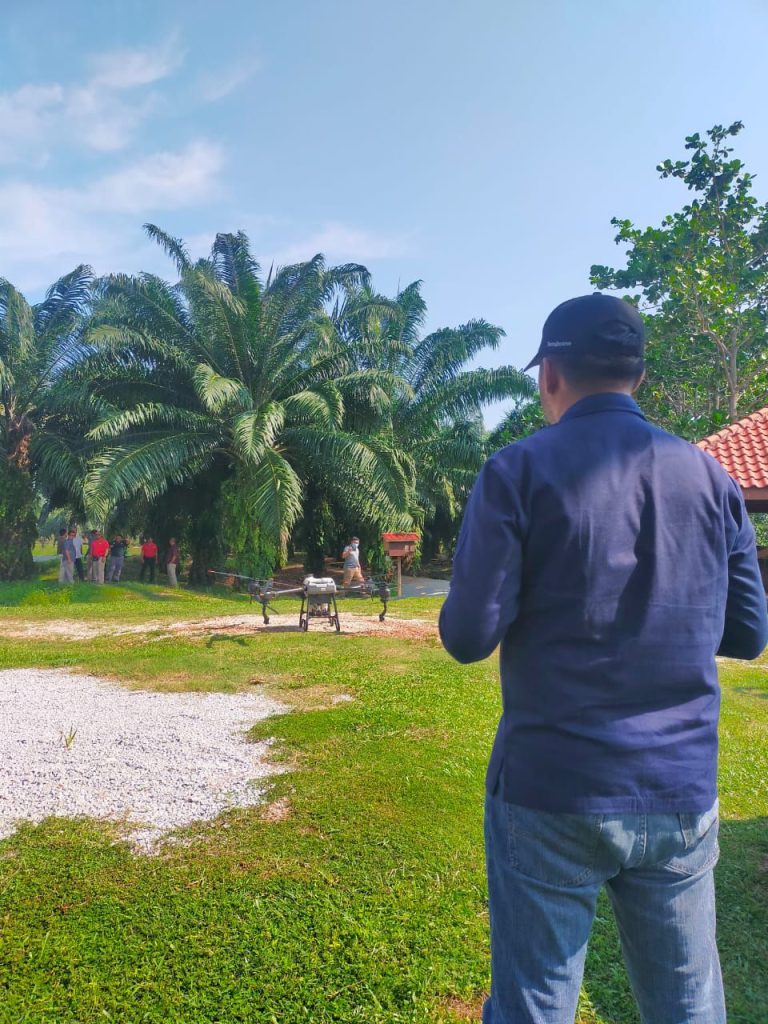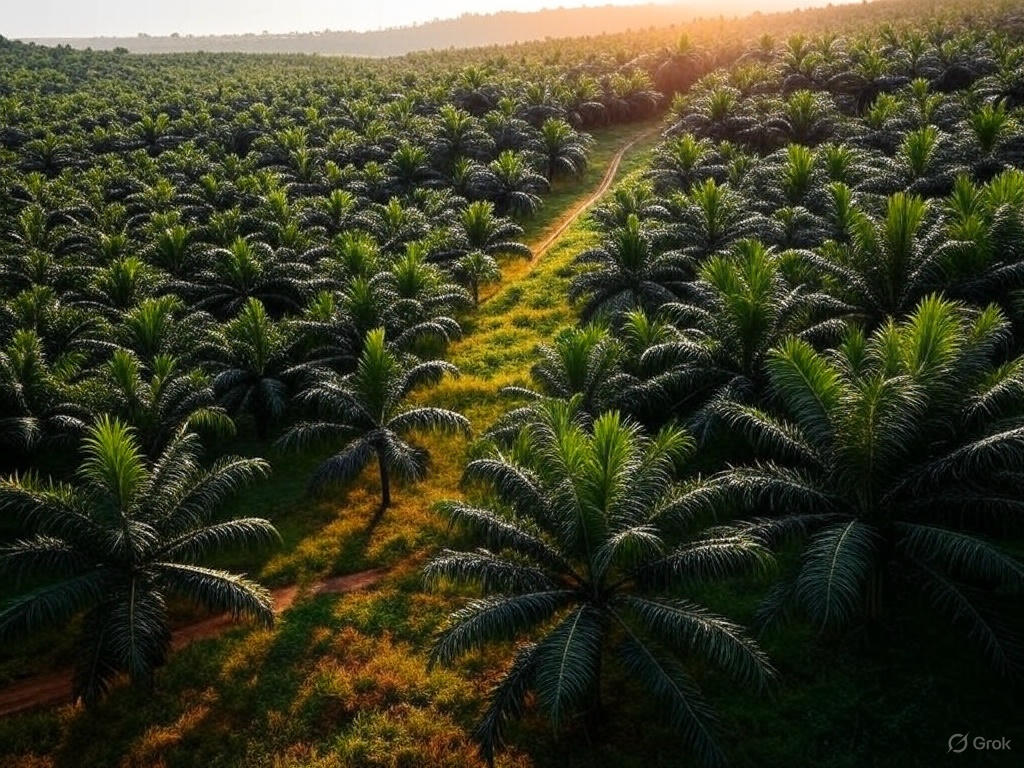Conventional spraying methods are failing large-scale plantations. In the face of rising input costs, unpredictable labor, and environmental scrutiny, agribusiness leaders in Malaysia and Indonesia are turning to agriculture drone spraying—not as a tech experiment, but as a necessary shift.
This technology is quickly becoming a cornerstone of strategic agribusiness management, delivering measurable improvements in cost, efficiency, and sustainability. Leaders who delay adoption risk losing competitive ground in a rapidly modernizing sector.
Manual Spraying Is No Longer Viable
Agribusiness operations are too large, too complex, and too constrained to rely on outdated methods. Manual or tractor-based spraying is slow, labor-intensive, and imprecise. It wastes inputs, damages soil, and exposes workers to chemicals.
Agriculture drone spraying eliminates these issues. It automates chemical application, minimizes human error, and delivers precision spraying that reduces usage by up to 30%. Unlike tractors, drones don’t compact the soil or require dry ground. They operate in tight windows, especially during unpredictable weather, helping plantations stay on schedule.
Labor Shortages Can’t Be Ignored
Skilled agricultural labor is in short supply. Plantations struggle to recruit and retain sprayers, especially for difficult terrains or remote areas. Even when labor is available, wages are rising and productivity is inconsistent.
Drones solve this problem. A single operator with proper training can manage multiple units and complete spraying that would take a team of workers hours or even days. Drone spraying reduces the headcount, increases consistency, and frees up labor for higher-value tasks.
This matters most in large-scale palm oil and sugarcane operations where delays directly affect output.
Southeast Asian Terrain Demands Aerial Solutions
The assumption that drones can’t handle tough terrain is outdated.
Palm oil plantations on steep hills, paddy fields in flood-prone zones, and tea farms with narrow paths all create challenges for ground machinery.
Drone spraying is designed for these environments. It flies over muddy, uneven, or sloped terrain without interruption. It reaches inaccessible plots, avoids crop damage, and ensures no hectare is left untreated. Aerial application is especially critical in wet seasons, when ground access is impossible.
Plantation managers who still rely on tractors or knapsack sprayers in these areas are working against physics.
Compliance Concerns Are Often Misunderstood

Some plantation leaders hesitate to adopt drone spraying because of concerns over legal and technical compliance. But the real issue isn’t regulation—it’s lack of clarity and skilled manpower.
In practice, drone operation in agriculture is governed by airspace and safety standards. What slows adoption isn’t excessive red tape, but the absence of trained, certified operators who understand both plantation needs and drone flight requirements.
This is where Terra Agri bridges the gap. The company supplies professionally trained drone pilots, equipped with flight certifications and technical skills to ensure every spraying operation meets legal and safety standards. This eliminates risk for plantations and keeps operations compliant from day one.
Instead of investing time and resources navigating drone regulations in-house, agribusiness leaders can rely on ready-made solutions with certified expertise—cutting through bureaucracy and accelerating adoption.
Drone Spraying Works Across Multiple Crop Types
Agribusiness leaders managing diverse crops often ask if drones can adapt. The answer is yes—and they already are.
Palm oil
Drones target pesticide application, reducing infestations like bagworms.
Sugarcane
Large fields receive even fertilization without damaging young shoots.
Paddy
Drones operate above flooded fields, applying herbicide without touching water.
Tea
Lightweight drones protect delicate leaves and prevent soil disruption.
Drone spraying is not crop-limited—it’s crop-smart. This adaptability helps unify operations under a single aerial spraying strategy.
Maintenance and Training: Critical, But Manageable with the Right Partner
Maintenance and training are legitimate concerns for plantation leaders exploring agriculture drone spraying. These drones are not consumer gadgets—they’re precision agricultural machines that require ongoing technical care and skilled operation.
Maintenance is not plug-and-play. Operators must monitor pump pressure, clean spray nozzles, inspect tanks, update software, and manage battery health. Without this, drones lose calibration accuracy and risk under- or over-spraying, which affects crop health and operating costs.
Training is equally non-trivial. Flying a drone is easy—but spraying with precision, understanding environmental conditions, and managing drone flight over a large plantation requires formal instruction.
This is why Terra Agri does not just sell drone services—it supplies professionally trained and certified drone operators. These pilots undergo practical and theoretical training under aviation and agricultural standards. They don’t just fly—they execute precise missions aligned with plantation requirements and safety regulations.
For plantation owners, this means one less variable to worry about. You get technology with operational readiness baked in, without burdening your team with specialized training or risking regulatory missteps.
Strategic Advantage Through Data and ESG Alignment
Drone spraying doesn’t just apply chemicals—it collects critical agronomic data.
Flight logs, spray maps, vegetation health indexes, and yield forecasts help managers make informed decisions. Fertilizer schedules improve. Pest outbreaks become predictable. Resource allocation becomes data-driven.
At the same time, aerial spraying supports ESG commitments. It reduces runoff, protects ecosystems, and shows buyers and investors that your operation values sustainable growth. This matters as global palm oil buyers increasingly demand transparency and reduced environmental impact.
Drone adoption is not just operational—it’s reputational.

